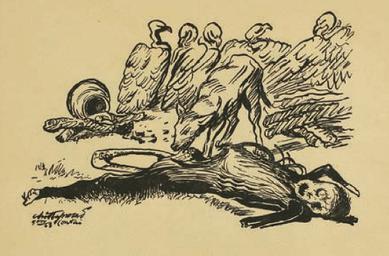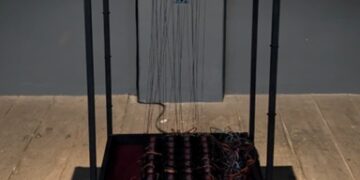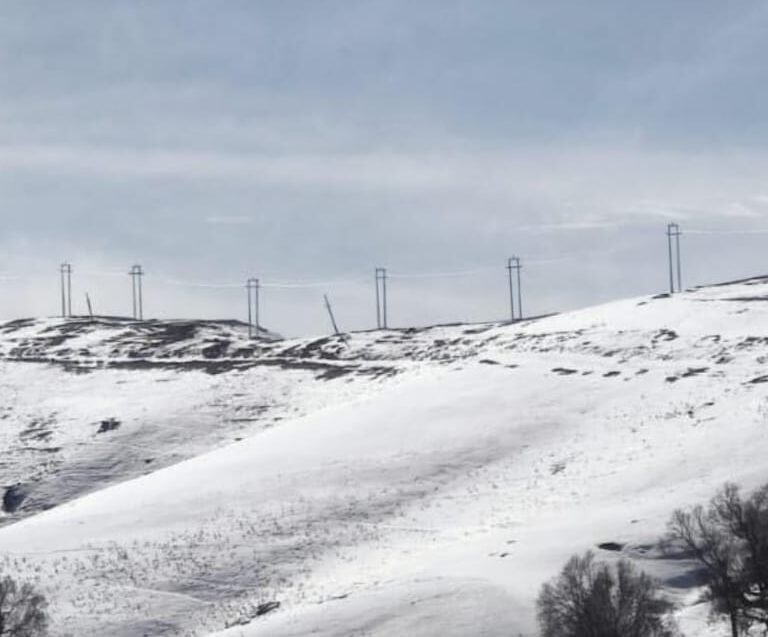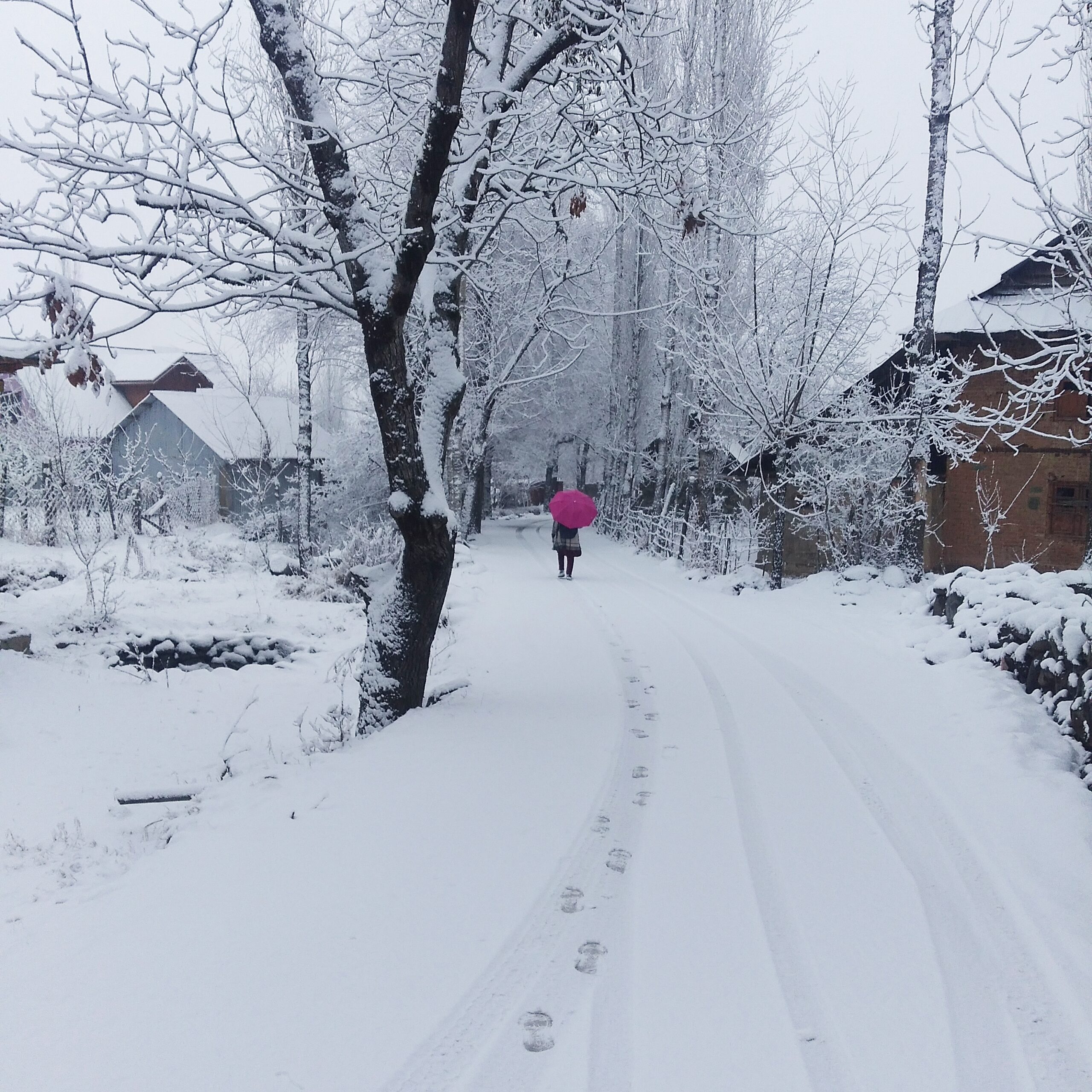The Bengal Famine of 1943 stands as one of the most devastating tragedies in modern history, claiming the lives of an estimated 2 to 3 million people. Amidst the widespread suffering and systemic failures, two artists—Chittaprosad Bhattacharya and Zainul Abedin—emerged as powerful chroniclers of this catastrophe. Through their art, they captured the human suffering, despair, and resilience of the people, leaving behind a haunting visual legacy that continues to resonate today.
Chittaprosad Bhattacharya: The Revolutionary Artist
Chittaprosad was a Marxist artist and activist whose work was deeply rooted in social realism. He was not merely an observer of the famine but an active participant in the struggle for social justice. His sketches, drawings, and writings during the famine are among the most poignant and unflinching depictions of the crisis.
Chittaprosad traveled extensively across rural Bengal, witnessing firsthand the devastation wrought by the famine. His sketches, often rendered in stark black ink, depicted emaciated bodies, hollow-eyed children, and desperate families. His work was not just art; it was a form of protest. He sought to expose the systemic failures and colonial policies that exacerbated the famine, such as the British government’s diversion of resources to World War II efforts and the hoarding of grain by profiteers.
One of his most significant contributions was the publication Hungry Bengal, a collection of his sketches and writings that documented the famine. The British colonial authorities banned the book, recognizing its potential to incite outrage and dissent. Despite this, Chittaprosad’s work circulated widely, becoming a powerful tool for raising awareness about the famine’s horrors.
Zainul Abedin: The Father of Modern Bangladeshi Art
Zainul Abedin often referred to as the father of modern Bangladeshi art, was another artist who responded to the Bengal Famine with profound empathy and creativity. Unlike Chittaprosad, Abedin’s work was more introspective and symbolic, yet equally impactful.
Abedin’s famine sketches, created using ink and brush on paper, are characterized by their fluid lines and expressive forms. His series of famine drawings, such as The Struggling Humanity and Famine Sketch, depict skeletal figures, grieving mothers, and ‘scenes of despair. These works are not just representations of physical suffering but also convey the emotional and psychological toll of the famine.
Abedin’s art was deeply rooted in his connection to the people of Bengal. He believed that art should reflect the realities of society, and his famine sketches are a testament to this philosophy. His work not only documented the tragedy but also served as a call to action, urging society to confront the injustices that led to such widespread suffering.
A Shared Legacy of Resistance and Remembrance
While Chittaprosad and Zainul Abedin had distinct artistic styles and approaches, their work shared a common purpose: to bear witness to the suffering of the Bengal Famine and to hold those in power accountable. Both artists rejected the romanticized depictions of rural life that were prevalent at the time, choosing instead to confront the harsh realities of their world.
Chittaprosad’s work was more overtly political, reflecting his Marxist ideology and his commitment to social revolution. His art was a weapon against oppression, designed to provoke and inspire change. Abedin, on the other hand, focused on the human condition, using his art to evoke empathy and compassion.
The art of both artists remains a powerful reminder of the Bengal Famine and the resilience of the human spirit. Their work has inspired generations of artists and activists, serving as a testament to the role of art in times of crisis. Through their unflinching depictions of the Bengal Famine, Chittaprosad and Zainul Abedin not only documented history but also challenged us to imagine a more just and compassionate world. Their legacy is a call to action—a reminder that art has the power to bear witness, to resist, and to heal.






